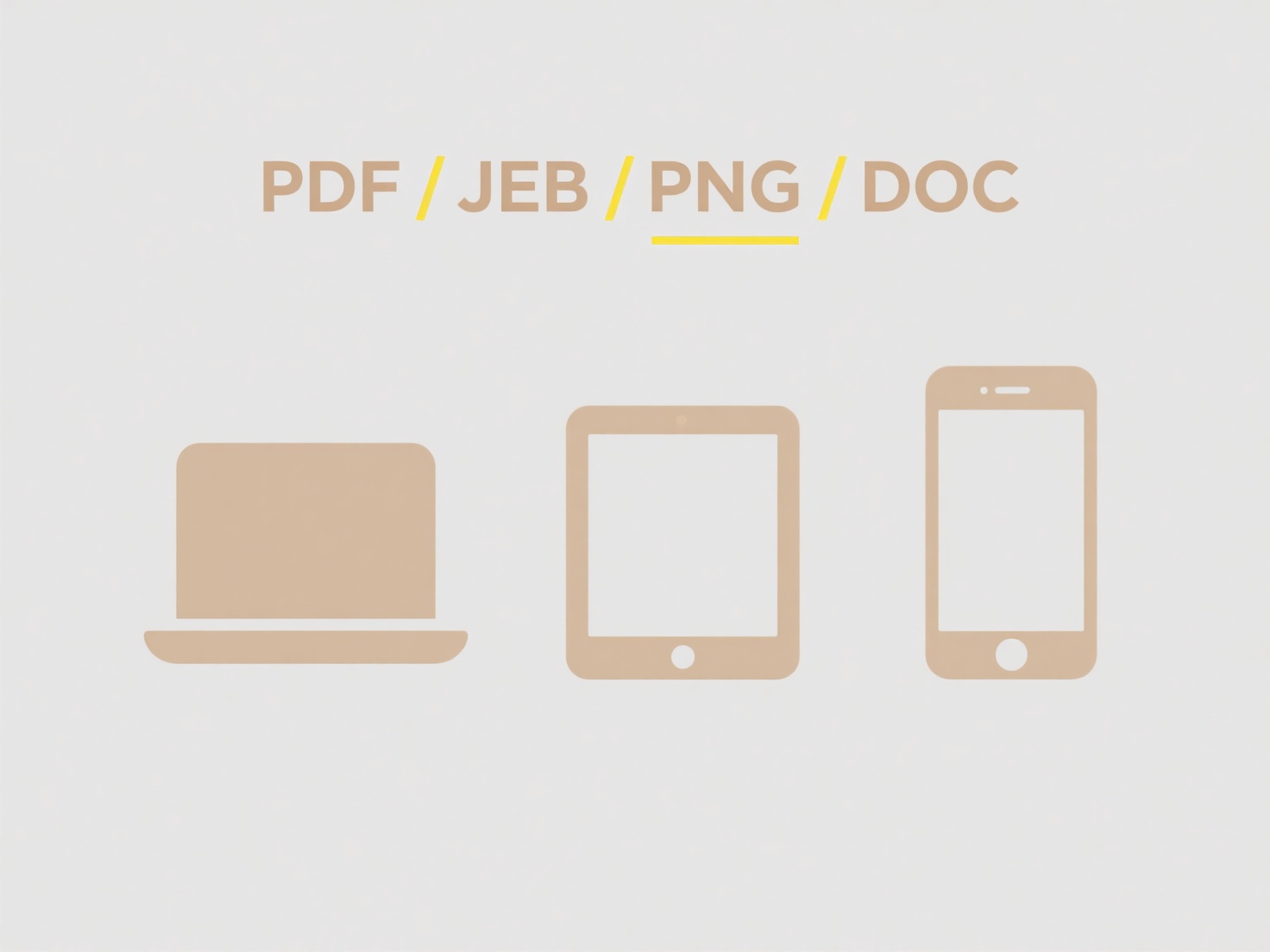
A good scanned receipt naming format consistently organizes key details to aid quick retrieval. It typically combines elements like date, vendor, document type, and amount in a structured sequence (e.g., YYYYMMDD_Vendor_Type_Amount). This differs from random naming by embedding searchable metadata directly in the filename, eliminating sole reliance on folders or tags. The format should use underscores or hyphens instead of spaces to ensure compatibility across systems.
For example, a freelancer might name files as "20240515_OfficeSupplies_Receipt_42.50.pdf" for expense tracking, while corporate accounts payable teams often include PO numbers, like "20240515_AcmeCorp_Invoice_INV12345.pdf". Accounting software such as QuickBooks or cloud storage services like Google Drive benefit from this standardized approach, as their search functions can easily locate files by partial names.

This system dramatically reduces time spent locating documents during audits or reimbursements and minimizes misfiling. However, manual entry can be tedious, and long filenames may truncate in some interfaces. Ethically, avoid embedding sensitive data like full card numbers. Future enhancements include OCR tools auto-generating names from scanned content, further streamlining the process while maintaining consistency.
What’s a good format for naming scanned receipts and invoices?
A good scanned receipt naming format consistently organizes key details to aid quick retrieval. It typically combines elements like date, vendor, document type, and amount in a structured sequence (e.g., YYYYMMDD_Vendor_Type_Amount). This differs from random naming by embedding searchable metadata directly in the filename, eliminating sole reliance on folders or tags. The format should use underscores or hyphens instead of spaces to ensure compatibility across systems.
For example, a freelancer might name files as "20240515_OfficeSupplies_Receipt_42.50.pdf" for expense tracking, while corporate accounts payable teams often include PO numbers, like "20240515_AcmeCorp_Invoice_INV12345.pdf". Accounting software such as QuickBooks or cloud storage services like Google Drive benefit from this standardized approach, as their search functions can easily locate files by partial names.

This system dramatically reduces time spent locating documents during audits or reimbursements and minimizes misfiling. However, manual entry can be tedious, and long filenames may truncate in some interfaces. Ethically, avoid embedding sensitive data like full card numbers. Future enhancements include OCR tools auto-generating names from scanned content, further streamlining the process while maintaining consistency.
Quick Article Links
What are the risks of using cloud storage?
Cloud storage involves saving data on remote servers accessed via the internet. Its main risks stem from relying on a th...
How do I bulk edit permissions for many files?
Bulk editing permissions modifies access rights for multiple files or folders simultaneously, rather than individually. ...
Can I save a Word file as a PDF?
Saving a Word file to PDF converts your document from the editable DOCX (or DOC) format into the fixed-layout Portable D...